#spanish habsburgs
Text

Prison of Francis I by Giovanni Migliara
#francis i#prison#prisoner#spain#art#giovanni migliara#architecture#king#france#french#king of france#history#europe#european#françois i#habsburg#spanish#charles v#battle of pavia#medieval#middle ages#renaissance#royalty#royals#royal#nobility
213 notes
·
View notes
Text
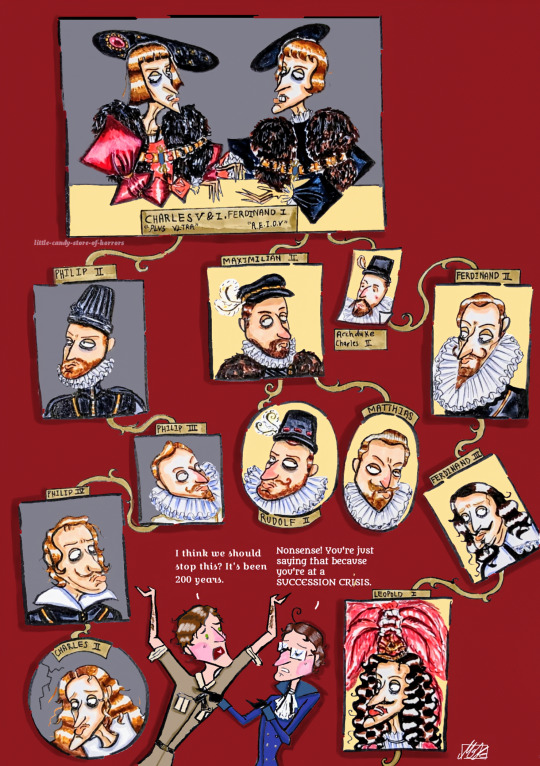
"Bella gerunt alii, tu felix Austria nube!"
Day 6 of @spaus-week 's challenge
"Let others wage war, you, happy Austria, marry!" Was the political strategy of the Habsburgs, and marry did the House of Austria! Infamously, scandalously, sensationally. A mangled wreath of a family tree. We all know this horror story. And we all know the bitter end.
After Emperor Charles V&I divided his Spanish and Austrian inheritance ((also gained through his parents' and grandparents' marriages)) to his descendants and those of his younger brother Ferdinand I respectively, the Habsburg dynasty split into two branches. The Spanish and Austrian Habsburgs notoriously intermarried for generations, right up till Charles II of Spain whose heirless death in 1700 sparked the War of the Spanish Succession. The inbreeding and this informal Latin motto behind it has been blamed to hell and back for their implosion, for the physical ugliness that ran in this royal bloodline. But it is not to say the Habsburgs never went to war, nor that dynastic marriage was a political strategy unique to them! But they were, if anything, bloody successful at it seeing how they did rule half of Europe for 200 years, and then a lot of it in the Austrian line for another 200. Before anyone figured out inbreeding was bad it was considered a privilege to marry into the Habsburgs, with Louis XV claiming that Louis XVI's betrothal to Marie Antoinette was marrying the "Daughter of the Caesars", and Napoleon Bonaparte infamously ditching Josephine for Marie Louise. Charles II was a poor sod who took the fall and the mugs were wretched from the same ugly gene being passed around countless times*, but they did wear power and privilege well.
💅✨ Symbolism bc I'm a NERD and this my Category 10 autism event ✨💅 :
Charles V & Ferdinand I's joint portrait based on that propaganda woodcut, behind them the colours of the Habsburg flag.
The Spanish branch, comprising Charles V & I's descendants, is represented with a black background, and the Austrian branch, comprising Ferdinand I's descendants, gold, both colours pulled from their flag, a dynasty intertwined but split in two.
Round frames denote that the individual had no heirs.
Only the most influential ruler on both sides, the King of Spain and the Holy Roman Emperor, are represented as framed portraits, explaining Archduke Charles II's unframed depiction.
The unconventional placement of Charles II of Spain and Emperor Rudolf II's nameplates are a nod to their queerness: their intersexuality and bisexuality respectively.
Ferdinand III's portrait is lopsided because of the losses of the 30 Years War.
Cracks in Charles II's portrait: 🙃🙃🙃
#Was this just an excuse for me to draw the family tree/wreath? YES. Might continue it to Blessed Karl™ *faints*.#That said i literally took three tries to get the Austrian branch right in just this fraction. Nightmare.#spausweek#Charles v#philip ii#philip ii of spain#Philip iii#philip iv of spain#felipe iv#charles ii of spain#Carlos ii#ferdinand i#Maximilian ii#rudolf ii#Emperor Matthias#Ferdinand ii#Ferdinand iii#Leopold i#16th century#17th century#habsburg history#house of habsburg#austrian history#spanish history#historical hetalia#aph austria#aph spain#roderich edelstein#Antonio Fernandez#Hetalia
65 notes
·
View notes
Text

#margarita teresa#house of habsburg#art#digital illustration#taniata's art#margarita teresa of spain#no matter what i will always draw margarita teresa as the happiest and smiling girl in the world#i love her much more than it seems#women in history#margaret teres of spain#spanish history
37 notes
·
View notes
Text

Archduke Ernest of Austria (c. 1580) by Alonso Sánchez Coello. Museo del Prado.
#alonso sánchez coello#museo del prado#prado museum#madrid#16th century#16th century art#spanish painter#spanish art#spain#habsburg#male portrait#masculine beauty
39 notes
·
View notes
Text

Charles II of Spain with his two wives and his Family Fanart
I was fascinated by Charles II and his family decided to create this artwork. It took three weeks to complete. the upper left on the top is Don Juan Jose of Austria, the upper middle is Mariana of Austria, and the upper right is Philip IV. Margarita Theresa is on the left while Leopold is on the right. In the middle is Charles II with his two wives the one on the left is Marie Louise de Orleans, the one on the right is Maria Anna of Neuburg
#my art#charles ii of spain#carlos ii#habsburg#mariana de austria#marie louise of orleans#digital art#please like and reblog#historical fanart#philip iv of spain#margarita maria#don juan jose of austria#Leopold I#maria anna of neuburg#art#artwork#spanish history#spain#house of habsburg#history#look at him#he so cute and silly#ibispaint art#ibispaintx#don juan de austria#spanish monarchy#art community
32 notes
·
View notes
Text

Maria Theresa doodles ;_D
#digital art#sketch#doodle#historical art#habsburg history#house of habsburg#habsburg#maria theresa#spanish monarchy#infanta maria theresa#artists on tumblr#digital sketch#17th century#1600s#herr
18 notes
·
View notes
Text
King Charles the II of Spain Autopsy (Quick Facts)
Warning: Graphic description, gore-y




Inbreeding was common in royal families in Europe and in the Spanish king's parents were first cousins. The Habsburg jaw was a common trait and got more and more severe the more inbreeding there was.
The deformation of the jaw made the tongue enlarged and made it hard to eat, swallow, and speak.
King Charles the II didn't learn to walk until 4-8 and even then could not walk very well and most likely could not speak until age 3-4. He was mentally retarded and had many health problems and diseases such as tuberculosis, measles, and smallpox (+more) but ended up surviving until the age of 38.
At autopsy is was noted and I quote (from Wikipedia if you wanna find it), "heart was the size of a peppercorn; his lungs corroded; his intestines rotten and gangrenous; he had a single testicle, black as coal, and his head was full of water."
The fact he was alive was a miracle.
The inbreeding continued for centuries and made many have 'royal diseases' such and Hemophilia (seen in queen Victoria of England, Alexei Romanov, Lord Leopold Mountbatten, etc).
ps. feel free to fact check me!
#history#history facts#spanish history#spanish royal family#the Habsburg jaw#king charles the II of spain#spanish king autopsy#history blog#historical#european royalty#autopsy
26 notes
·
View notes
Text
Did you enjoy my previous uquiz full of disgusting men? Want to find out which disgusting royal man of 16th-17th century (S)pain you are? No? Too bad.
EDIT: I UPDATED THIS BLOODY THING go take it again :-)>
#uquiz#spanish history#Habsburg#History shitposting#personality quiz#uquiz quiz#Please reblog#I want this shit spread like the plague#History#Edit: some of u dk what being trans and travelling means so i did away with that im so tired
85 notes
·
View notes
Photo

Juan Carreño de Miranda (1614-1685) — Carlos II de España [oil on canvas, 1679]
58 notes
·
View notes
Text

Frans Pourbus (Flemish, 1569–1622)
Portrait of King Louis XIII of France, 1611
The Cleveland Museum of Art
Pourbus inscribed the sitter’s age and the painting’s year in the composition: “The holy year 1611 at his age of 10 years.” Marie de’ Medici commissioned this work as she negotiated marriages for her two children to Philip III of Spain and Mary Marguerite of Austria, alliances that led to the European domination of the next two centuries by the Bourbon and Habsburg families.
#spanish netherlands#frans pourbus#flemish#flemish art#flanders#1500s#1600s#portait of king louis xiii of france#1611#pourbus#medici#de' medici#de medici#marie de medici#marie de' medici#philip iii of spain#mary marguerite of austria#bourbon#habsburg#art#fine art#european art#classical art#male portrait#europe#king#european#oil painting#fine arts#mediterranean
34 notes
·
View notes
Text
Thread about Joanna of Castile: Part : 10 “A Storm of Jealousy: Juana and Philip's Turbulent Reunion"


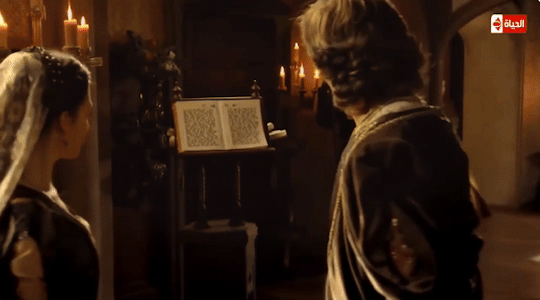
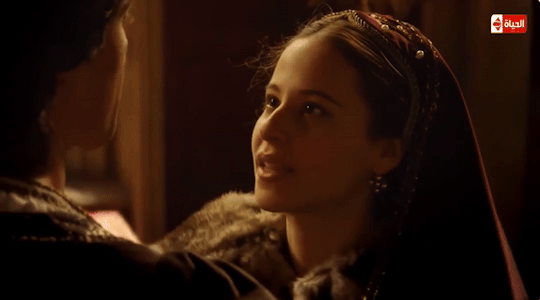
By May 1504, Juana was in Burgundy. Juana’s reunion with Philip and the children was joyful.
But soon afterwards she suspected, or discovered, an affair between Philip and a noblewoman in her entourage:
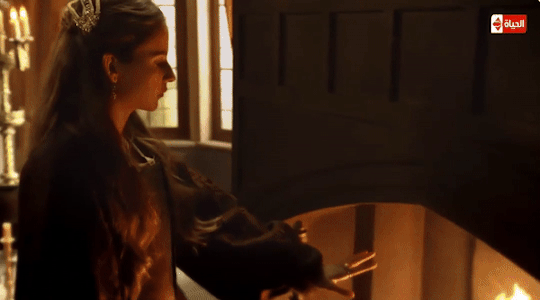



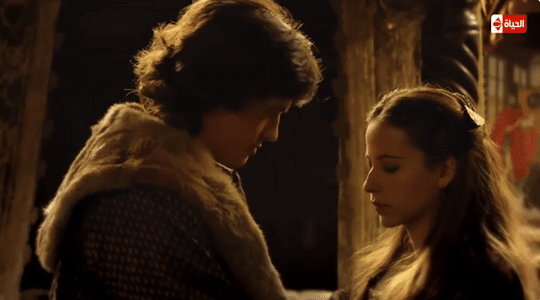

“They say,” writes Martire, “that, her heart full of rage, her face vomiting fames, her teeth clenched, she rained blows on one of her ladies, whom she suspected of being the lover, and ordered that they cut her blond hair, so pleasing to Philip …”


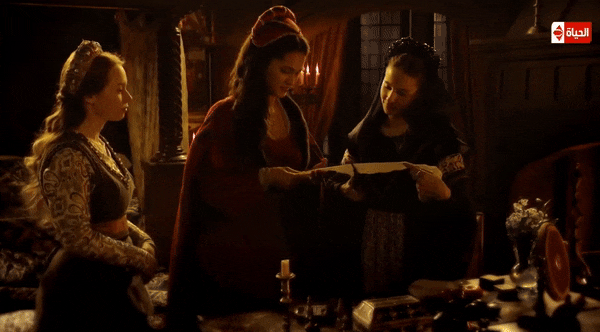
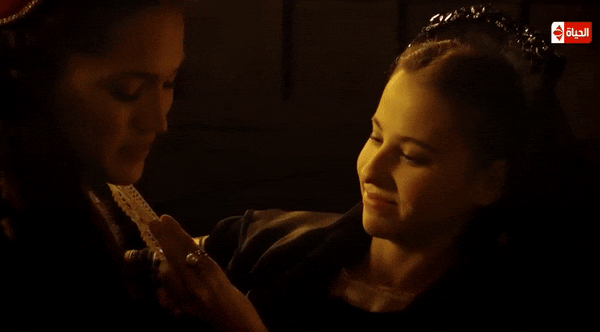


Philip’s response was equally furious. He had “thrown himself” on his wife and publicly insulted her.
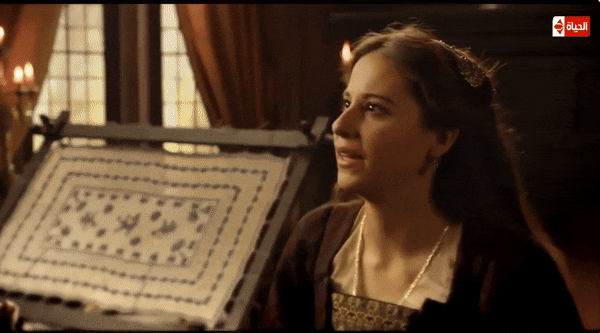



Sensitive and obstinate, “Juana is heartbroken … and unwell …”.
Isabel “suffers much, astonished by the northerner’s violence.
Maximilian’s biographer, Wiesfecker, describes Juana’s response as:
"The symptom of a pathological, passionate, if not unfounded, Haßliebe, fomenting continual strife. "
Juana would have known for years about Philip's visits to the baigneries and his more casual relationships with women. However, this affair seemed to pose a direct challenge to her standing and dignity. Juana knew her faults and had tried to limit them. In 1500, after becoming princess, she had asked Isabel to send her an honest and prudent Spanish lady who:
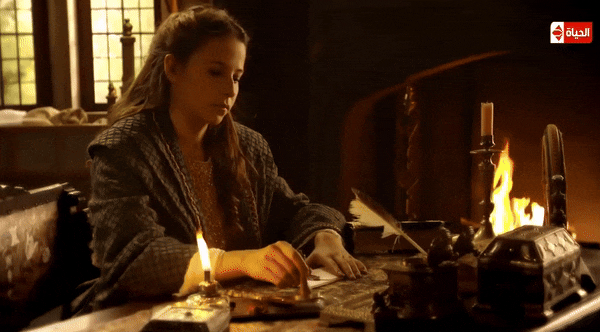



“Knows how to advise her, and where she sees something out of order (‘deshordenado’) in her conduct could say so as servant and adviser but not as an equal because, even if the advice were good, if expressed in a disrespectful way it would create more anger in she to whom it was said than it would allow for correction.”
Sources: Fleming, G. B. (2018). Juana I: Legitimacy and Conflict in Sixteenth-Century Castile (1st ed. 2018 edition). Palgrave Macmillan.
Fox, J. (2012). Sister Queens: The Noble, Tragic Lives of Katherine of Aragon and Juana, Queen of Castile. Ballantine Books.
Gómez, M. A., Juan-Navarro, S., & Zatlin, P. (2008). Juana of Castile: History and Myth of the Mad Queen. Associated University Presse.
#joanna of castile#juana i of castile#juana la loca#philip the handsome#isabel#european history#spanish monarchy#spanish princess#infanta#irene escolar#raul merida#flanders#vlaanderen#Huis Habsburg#House of Valois-Burgundy#Filips I van Castilië#Philippe le Beau
16 notes
·
View notes
Text


Alatriste (2006) by Agustín Díaz Yanes | The Surrender of Breda by Diego Velázquez
#alatriste#agustín díaz yanes#viggo mortensen#film#films#cinema#arturo pérez reverte#siege of breda#diego velazquez#diego velázquez#art#spanish golden age#spain#spanish#ambrogio spinola#justin van nassau#dutch#netherlands#flanders#europe#history#pikemen#pike and shot#tercio#tercios#infantry#imperial#eighty years war#thirty years war#habsburg spain
83 notes
·
View notes
Text

King Charles II of Spain in Spanish colonial art..
#monarquía española#reyes de españa#carlos ii#carlos el hechizado#rey de españa#viva el rey#casa de austria#reino de españa#house of habsburg#kingdom of spain#spanish colonial#spanish colonial art#virreinatos americanos#american viceroyalties
7 notes
·
View notes
Text

King Philip II of Spain Banqueting with his Family and Courtiers (The Royal Feast), Alonso Sánchez Coello, 1579
#art#art history#Alonso Sanchez Coello#portrait#portrait painting#group portrait#House of Habsburg#Spanish Renaissance#Spanish Golden Age#Siglo de Oro#Spanish art#16th century art#National Museum in Warsaw#oil on canvas
68 notes
·
View notes
Text

Portrait of the Infanta Maria Theresa of Spain (c. 1653) by Diego Velázquez. Kunsthistorisches Museum.
#diego velazquez#diego velázquez#velazquez#17th century#17th century art#17th century painting#17th century fashion#renaissance#spain#españa#kunsthistorisches museum#vienna#wien#austria#österreich#habsburgs#european royals#spanish art#spanish painter#female portrait#painting#female portrayal#europe#european art#historical fashion#fashion#1650s#art history#european royalty
28 notes
·
View notes
Text

The family of Philip IV of Spain
In the summer of 1662, Felipe IV attempted but failed to reconquer Portugal. Despite his loss, he refused to grant Portugal its independence. Meanwhile, Queen Mariana, who had recently given birth a few months to her deceased infant daughter, continued to carry on with her royal duties. The focus was on Carlos, the prince of Asturias, who could now stand but had difficulty walking. He used a mini carriage to get around the palace and was often carried and assisted by his servants.
"Margarita is as beautiful as ever, and she is growing into a young woman," Queen Mariana commented as she observed Margarita playing with her younger brother.
"Let us pray that our children will experience the joys of life." King Philip IV replied
While the royal couple observes their children, they are interrupted by Jose Everardo Nithard, Queen Mariana's confessor.
Jose Everardo Nithard bowed to the royal couple and said, "Your Majesty."
"It is a pleasure to see you again, Padre," Queen Mariana replied.
Carlos and Margarita stopped playing when they saw José Everardo Nithard. Margarita approached the confessor and bowed to him as a sign of respect. Carlos, on the other hand, stared at the confessor.
A story I created for the fanart, the only thing that is historically accurate in this story is the first paragraph.
#history#house of habsburg#mariana de austria#charles ii of spain#habsburg#carlos ii#art#spain#17th century#please like and reblog#early modern history#my artwork#artists on tumblr#digital artist#historical accurate outfits#they are so cute#look at them#17th century art#pink aesthetic#royal family#royal life#philip iv of spain#felipe iv#spanish monarchy#my masterpiece#made the background myself#i hope you all like it#look at the details#my art
20 notes
·
View notes